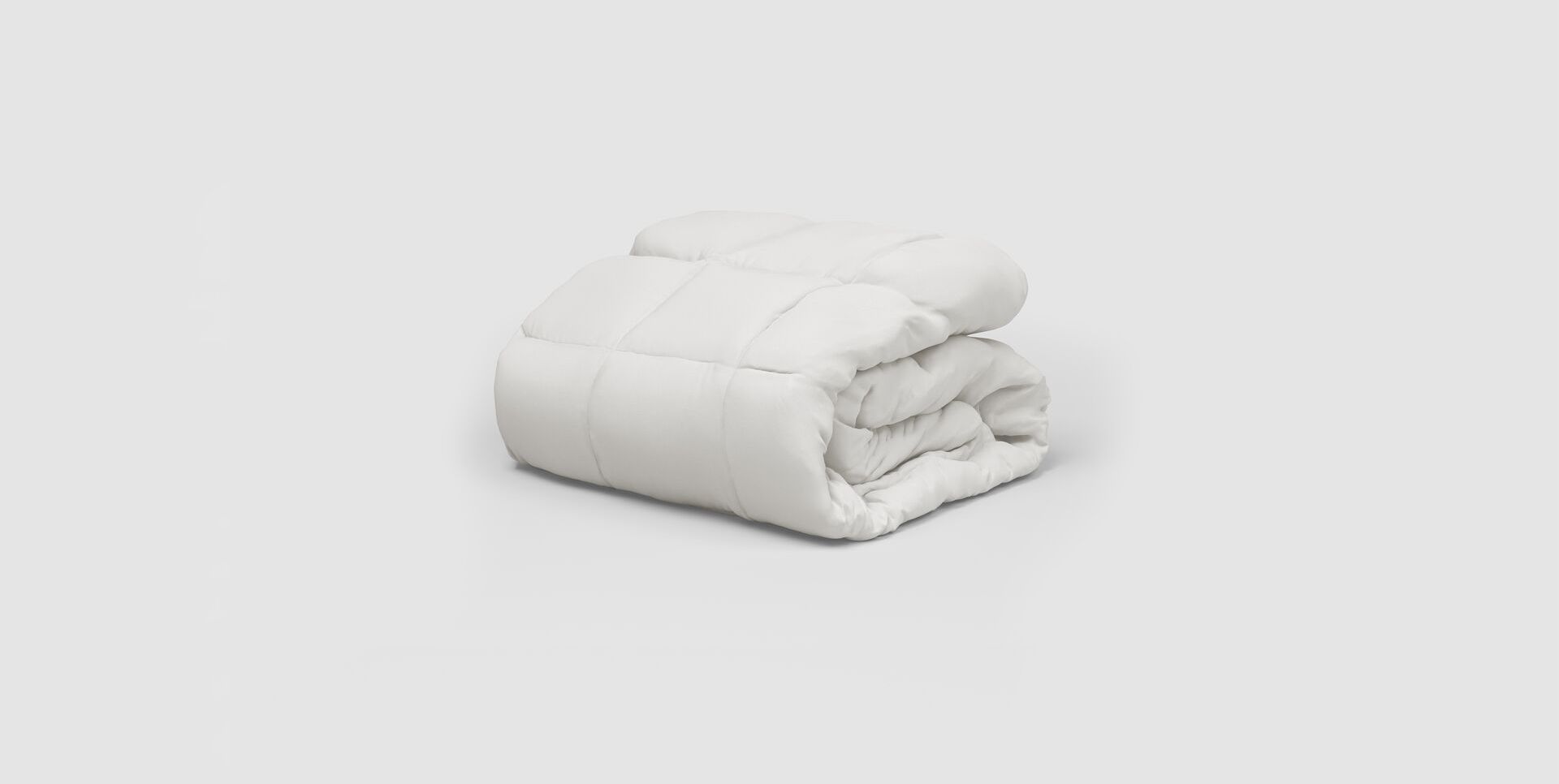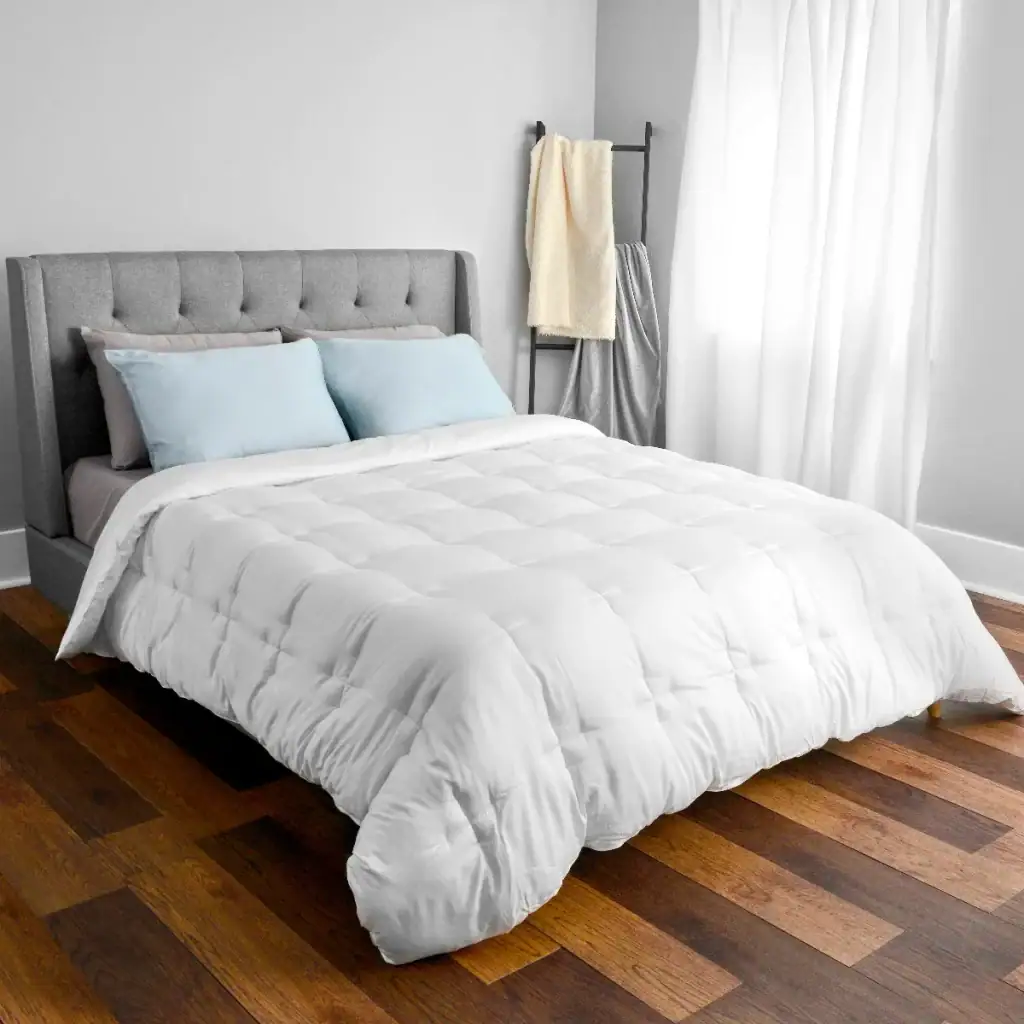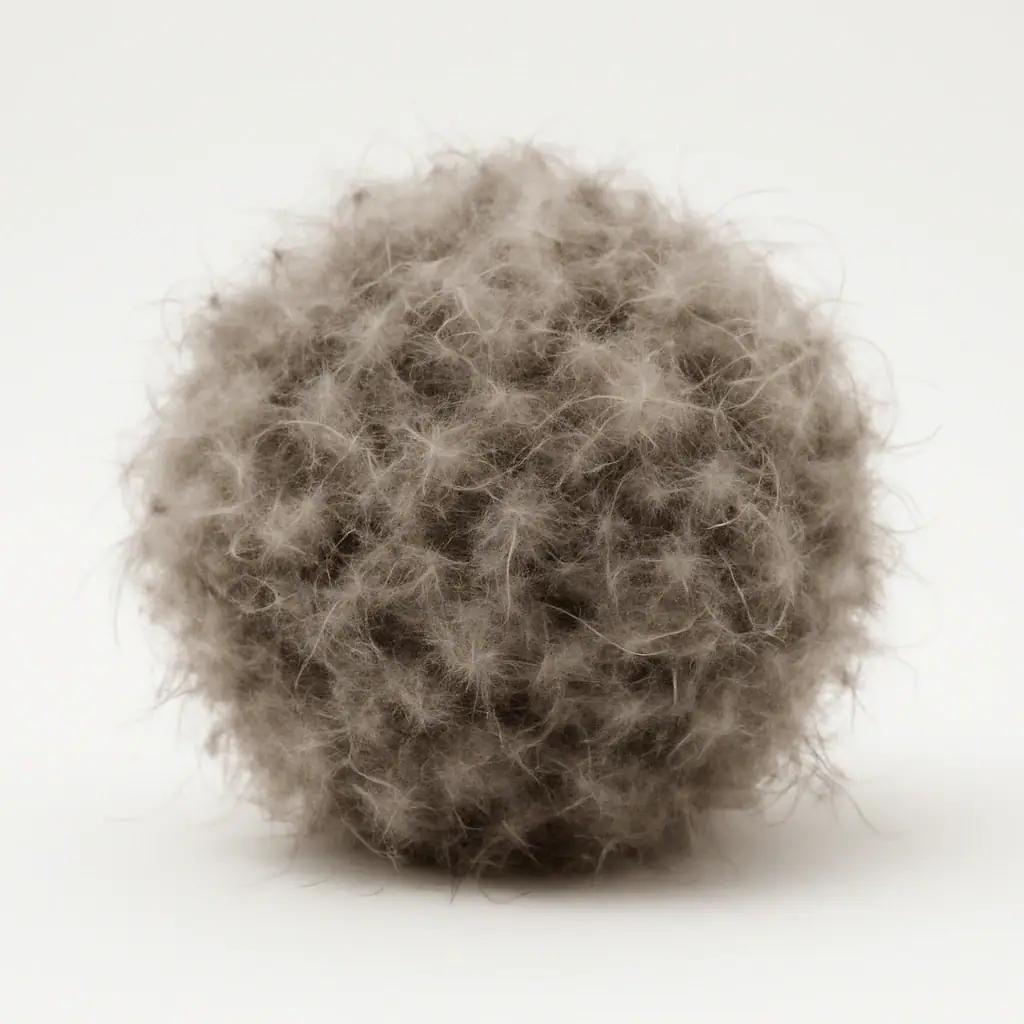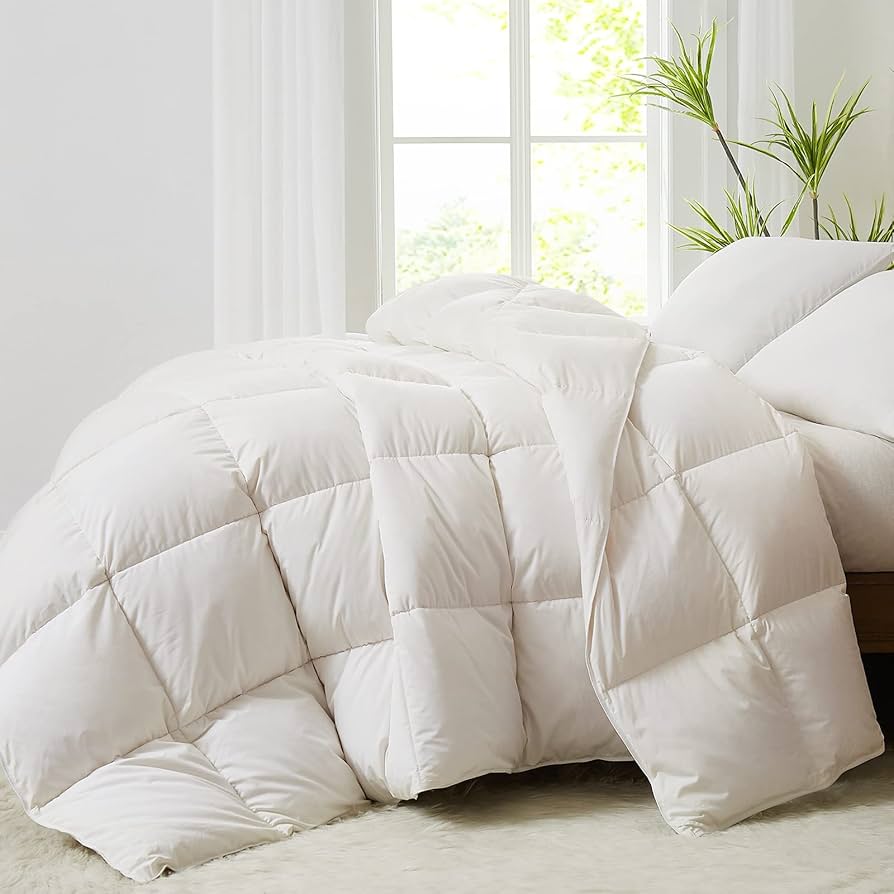New Year Sale – Get 10% OFF
+ Free Shipping | Code: NEWYEAR26
00D
00H
00M
00S

Fill power is one of the most misunderstood terms in bedding, especially when it comes to luxury products like eiderdown comforters. In this piece, I’ll break down what it means, why it matters, and how it impacts warmth, comfort, and long-term value.

Fill power is not just a number; it’s a measure of loft, insulation, and quality. Understanding it helps buyers make smarter choices about bedding, especially with rare down types like Icelandic eiderdown.
As a journalist who has spent years writing about lifestyle and home goods, I’ve often noticed how consumers struggle with technical terms in bedding. Among the most confusing is fill power. People hear numbers like 700, 800, or even 1000 fill power and immediately think “the higher, the better.” That’s partially true, but the full picture is more nuanced, especially when it comes to eiderdown, the rarest and most luxurious down in the world.
Fill power isn’t just about fluffiness. It’s about thermal efficiency, weight, and the science of comfort. When you understand it, you begin to see why eiderdown is revered across Europe, North America, and increasingly in Asia.
Check: What Makes Eiderdown the Most Luxurious Down in the World
Fill power is a measurement of down’s ability to loft and trap air, typically expressed in cubic inches per ounce. It directly affects warmth-to-weight ratio.
In plain terms, fill power is the measurement of how much space one ounce of down can fill. For example, if an ounce of down fills 800 cubic inches, we say it has 800 fill power. The higher the number, the better the down’s ability to trap air and insulate.
Think of it like comparing two sweaters: one bulky wool sweater that traps lots of air, versus a flat cotton sweater that barely keeps you warm. Both weigh the same, but their performance is completely different.

Not all down is created equal. Eiderdown’s unique structure makes its fill power incomparable to goose or duck down, even when numbers look similar.
Most of us are familiar with goose down or duck down products. They dominate the market, with fill powers usually ranging from 500 to 900. But eiderdown, sourced ethically from the nests of the common eider duck in Iceland and parts of the Arctic, has a completely different structure.
Read: Eiderdown VS Goose Down: Which is Better for Your Sleep?
Eiderdown doesn’t just puff up; it clings together naturally, creating a web-like matrix that traps heat without bulk. That’s why even though its tested fill power often reads around 700–1000, it performs more like 1000+ fill power goose down. In real-world terms, an eiderdown comforter can be both lighter and warmer than goose down of supposedly higher fill power.

Warmth comes from insulation, not just material weight. Eiderdown’s clingy structure provides unmatched thermal regulation.
Here’s where many shoppers get tripped up: warmth does not always equal weight. You can pile on blankets, but if the materials don’t insulate properly, you’ll still feel cold.
Eiderdown excels because its fibers naturally interlock, creating tiny air pockets that store heat while allowing moisture to escape. This results in what I like to call “intelligent warmth.” It adapts to your body temperature—keeping you warm in winter but preventing overheating in summer.
In Minnesota winters, where temperatures dip below zero, people often rely on heavy goose down duvets. But an eiderdown comforter, weighing far less, can deliver the same warmth without that suffocating heaviness.
A number on a label doesn’t always tell the full story. Real performance depends on down type, construction, and climate needs.
Here’s a breakdown to put things in perspective:
The problem is that consumers often rely solely on the number, ignoring other factors like shell fabric density, baffle construction, and fill weight. A poorly constructed 900 fill power goose down comforter might perform worse than a well-made 700 fill power eiderdown.
Imagine you buy two comforters:
Despite the lower fill power, Comforter B may actually feel warmer because there’s more insulation overall. This is a common issue in online shopping—brands highlight fill power while minimizing fill weight details.

Climate, tradition, and cultural expectations shape how different regions perceive down and fill power.
In Northern Europe, especially in Iceland, consumers value thermal balance over numbers. They know from generations of use that eiderdown offers unmatched comfort. In America, marketing has pushed high fill power goose down as the pinnacle of luxury. In Asia, where humidity is high, lighter comforters with good moisture regulation are prized—an area where eiderdown also shines.
This shows why understanding fill power in a global context matters. A comforter designed for Canadian winters may feel unbearably hot in Singapore.
I’ve tested synthetic comforters marketed as “equivalent to 800 fill power down.” At first touch, they seem lofty. But after a few months, they flatten, lose insulation, and often trap heat in an uncomfortable way. Eiderdown, on the other hand, maintains its structure for decades with proper care.
For buyers in humid states like Florida or countries like Japan, synthetics often fail because they can’t wick moisture as effectively as natural down.
You could have the best eiderdown in the world, but if it’s encased in a heavy, non-breathable cotton shell, it won’t perform. That’s why high-end manufacturers use tightly woven, lightweight fabrics that let down expand naturally while keeping feathers from escaping.
Baffle box construction is another overlooked factor. Without proper chambering, down clumps and shifts, creating cold spots no matter how high the fill power is.